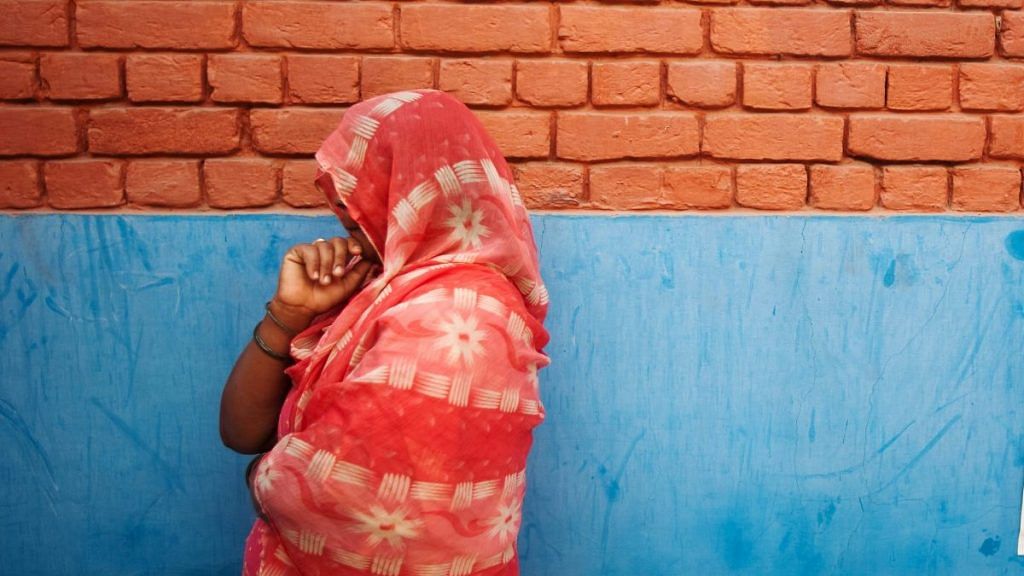New Delhi: Just about 40 of 5,000-6,000 castes/communities among the OBCs (other backward classes) — which constitute less than 1 per cent — have cornered 50 per cent of the reservation benefits in admissions to central educational institutions and recruitment to central services, a panel constituted by the government has found.
According to the panel, formed to examine the sub-categorisation of OBCs in October 2017, around 20 per cent of OBC communities did not get any quota benefit between 2014 and 2018. The findings were shared with ThePrint by the members of the panel, whose mandate requires it to look at the distribution of reservation benefits at the central level.
Led by retired Delhi High Court chief justice G. Rohini, the commission got its ninth extension, for six months, on 24 June.
The OBCs are eligible for a 27 per cent quota in government jobs and education institutions.
Sub-categorisation of OBCs, which comprise thousands of communities, castes etc, has been a long-standing demand among some sections to ensure better distribution of reservation benefits.
The issue of sub-categorisation assumes significance ahead of the Bihar assembly elections scheduled in November, as caste politics is known to play a dominant role in deciding poll outcomes in the state.
The extension given to the panel last month was seen as the ruling BJP’s attempt not to stir the caste cauldron ahead of the Bihar assembly elections.
While OBC reservation in government jobs was introduced in 1993, the education quota came into force in 2006.
Pointing to the inequity in the availing of quota benefits, members of the Justice Rohini panel said sub-categorisation had become “urgent and inescapable”.
Also Read: OBC panel to press Modi govt to double ‘creamy layer’ income ceiling to Rs 16 lakh
‘The same results’
The Justice Rohini panel was to submit its report within 12 weeks of formation. It started working with data from 2014-17, but subsequently got updated numbers until 2018 amid term extensions.
“The latest data that we have compiled is upto 2018. And it has thrown up the same results as before,” J.K. Bajaj, a member of the panel, told ThePrint.
According to the commission, between 2014 and 2018, there were about 13,000 OBC admissions to IITs, more than 3,000 to the IIMs, and over 60,000 to various other central universities.
Who has cornered the most benefit
The central list of OBC has 2,633 entries. According to the commission, many of the 2,633 entries comprise several classes, communities and sub-communities, etc, which means the total number of individually named classes/castes in the central list is between 5,000 and 6,000.
The findings of the panel so far suggest that 25 per cent of the reservation benefits were availed of by communities listed in 10 entries of the central list. Another 25 per cent were availed of by communities listed in another 38 entries.
The commission also found that 20 per cent of the communities, listed in 983 entries, could not avail of any benefits. Those in another 994 had a share of just 2.68 per cent.
Bajaj told ThePrint that the data shows gross inequity in the benefits of reservations enjoyed by different communities. “The level of inequity is such that it makes the exercise of sub-categorisation among the OBCs urgent and inescapable,” Bajaj said.
Also Read: Wary of blowback during Bihar polls, Modi govt puts OBC creamy layer tweak on backburner
What the commission proposes
Bajaj said the commission is of the view that communities getting little or no benefits need to be given separate space to compete.
“Currently, the different communities, irrespective of their backwardness, compete together for the 27 per cent reservation,” he said.
Bajaj, however, refused to divulge how exactly they want the sub-categorisation process to take place.
Justice Rohini (Retd) told ThePrint that the matter is under discussion and different alternatives are being looked into before they finalise their recommendations.
Also Read: Centre calls for immediate action against IAS officer who submitted ‘fake’ OBC certificate
